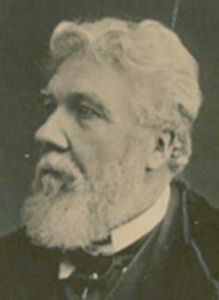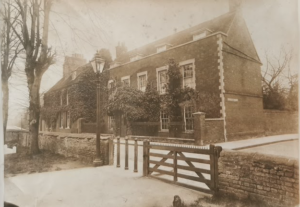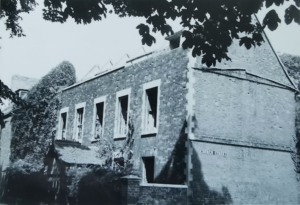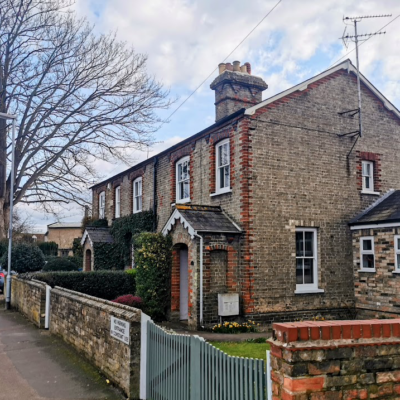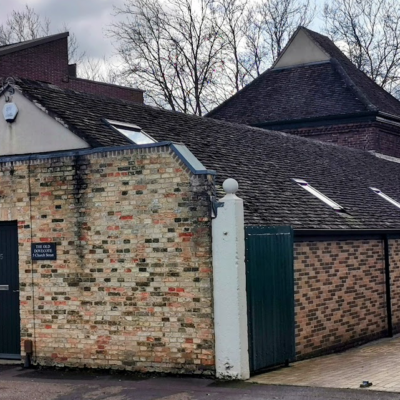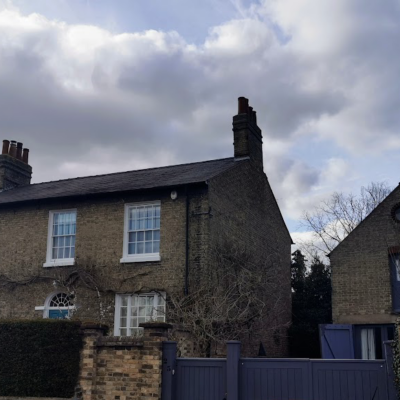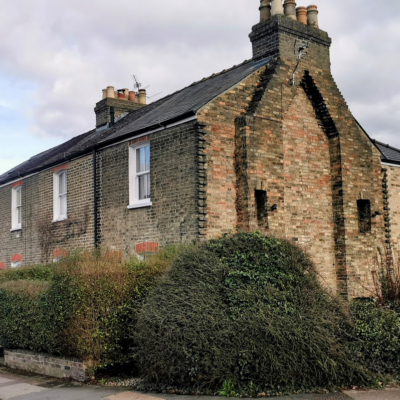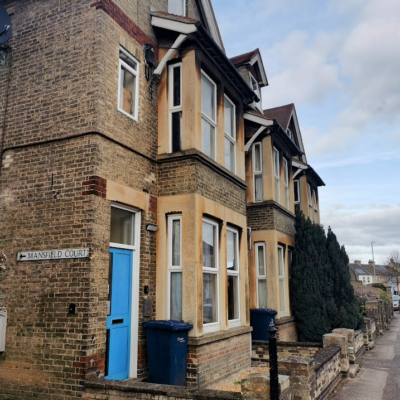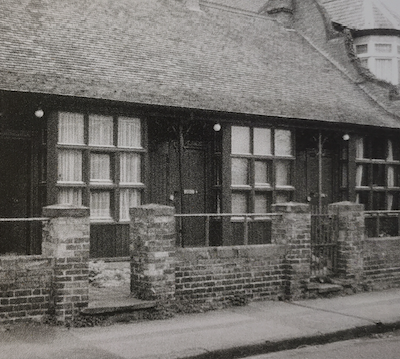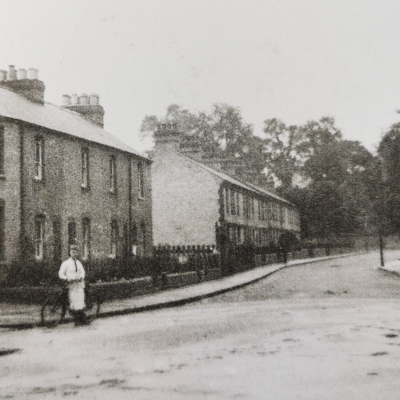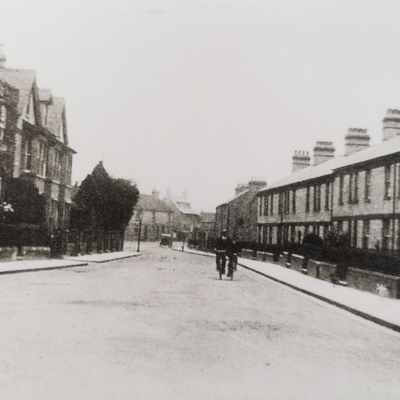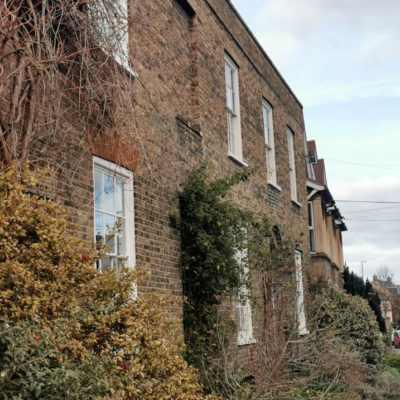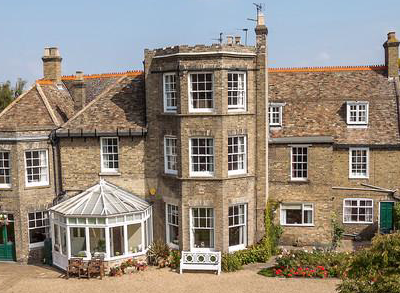Search by topic
- archaeology
- Building of Local Interest
- charity
- church
- crime
- dressmaker
- fire
- Great Eastern Railway
- Listed building
- Mapping Relief
- medieval
- oral history
- poverty
- Public House
- Rattee & Kett
- Religious House
- Roman
- scholar
- school
- Then and Now
- tudor
- women
- work
- world war one
- world war two
Search by text
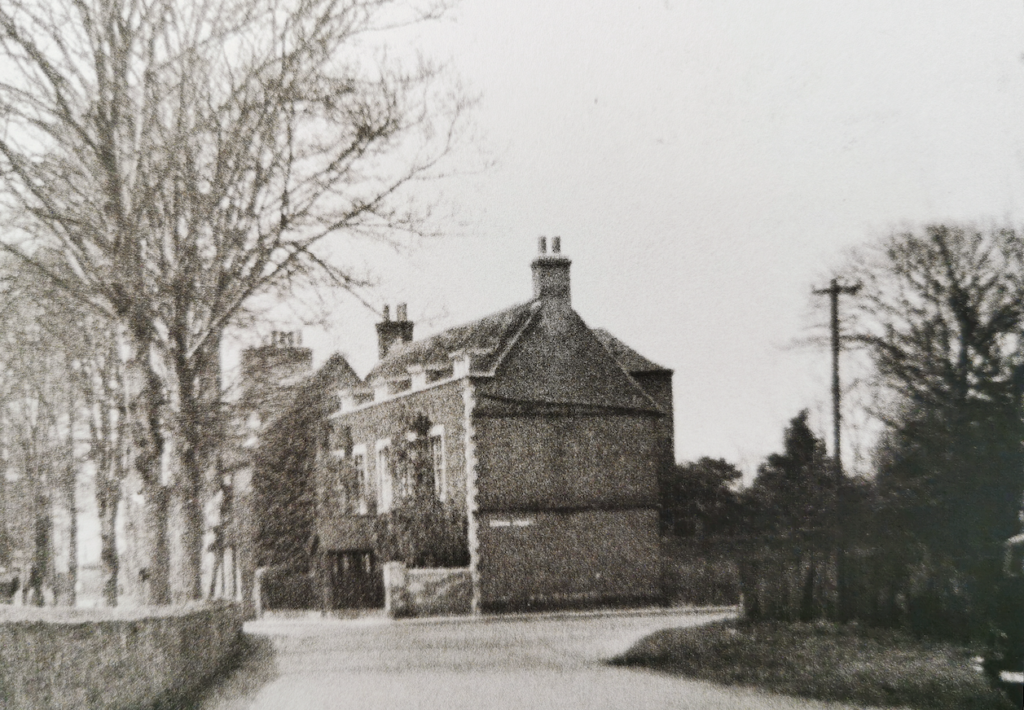 The Manor House, Chesterton
The Manor House, ChestertonManor House, Church Street, Chesterton
History of the Manor House, Church Street
Alison Taylor, (Cambridge The Hidden History p.123) writes:
Chesterton remained a royal manor until about 1200, after which it was effectively rented out to Barnwell Priory until the dissolution of the monasteries in 1540. It was then bought by Thomas Brakyn, mayor and MP for Cambridge, and he and his successors split parts of the estate by selling long leases on parcels of farmland. Eventually, in the early 20th cent. a large area that was manor Farm, around King’s Hedges, was sold to the County Council, and has subsequently been used for housing estates, schools and. following a sale to Trinity College, part of a science park. The manor house itself, just north-west of the church on the site now used for sheltered bungalows, was rebuilt in the seventeenth century, refaced in the nineteenth century and demolished in 1971.
Royal Commission Survey of Cambridge 1959: built late in the 17th cent. and comprised a straight range with a staircase projection at the back … the boundary wall running NW from the house, of 17th and 18th cent. brickwork, extends to an early 18th cent brick built barn of two storeys. … in the E corner of the garden, beside the NE arm of Church Street and built partly on the boundary wall, is an 18th century summer house.
For a report on the archaeological excavation of the site in 2014 prior to demolition:
https://library.thehumanjourney.net/2717/1/Report1649_LR.pdf
1881
Edward Bell, 55, seed merchant, b Cambridge [d. 1889}
Louisa Weldon née Litchfield, 49, b Cambridge
Edward Gillam, 8, b Chesterton
Flora, 14, b Cambridge
Beatrice Alice, 13, b Cambridge
Margaret Louisa, 11, b Cambridge
Mary Rosalind, 10, b Cambridge
Louisa Litchfield, mother in law, 82, b London
Elizabeth Wells, visitor, 51, b Cambridge
Ellen Ainger, nurse, 19, b Cottenham
Sarah Peddle, 17, cook, b Windsor
Harriet Bishop, 29, housemaid, b Cottenham
Edward Bell was elected mayor of Cambridge 1887-1889 but he died in office and was replaced by F C Wace. The Cambridge City website states:
Born in Cambridge in 1827. Corn and seed merchant and maltster in a family business, based in Peas Hill, going back 150 years. Represented Market ward on town council for 20 years. Conservator of the River Cam, income tax commissioner and a trustee of all the town charities connected with the corporation. Edward Bell’s younger sister, Alice, through her husband’s work on the overland telegraph system in Australia, gave her name to the town of Alice Springs.
The Bell family were in 1871 at 33 Bridge Street.
1891
Louisa W Bell, widow, 58, living on own means, b Cambridge
Margaret L, 21, b Cambridge
Mary R, 20, b Cambridge
Edward Gillam, 18, seed dealer, b Chesterton
Emily Mutom, 19, servant, b Cambridge
Florence L Clarke, 19, cook, b Norfolk
Flora Bell married Dr Anthony Dalzell Oxtober 1892 Chesterton. Dr Dalzell d. 1894 and Flora remarried Walter William Hunt Tate in 1896. Walter d. 1916. Flora died 1929 at Manor House, Chesterton.
1901
1911
Louisa Weldon Bell, 78, b Cambridge
Rosalind Mary Clark, daughter, 40, b Cambridge
Anthony Dalziel Clark, grandson, 16, b Chesterton
Sara Maria Sallows, cook, 28, b Haslingfield
1939
Mary R Clark (née Bell) , b 1871
Sarah M Sallows, b 1882, servant
In 1901 Mary was living at 14 Church Street
Contribute
Do you have any information about the people or places in this article? If so, then please let us know using the Contact page or by emailing capturingcambridge@
License
This work is licensed under CC BY-NC-SA 4.0





